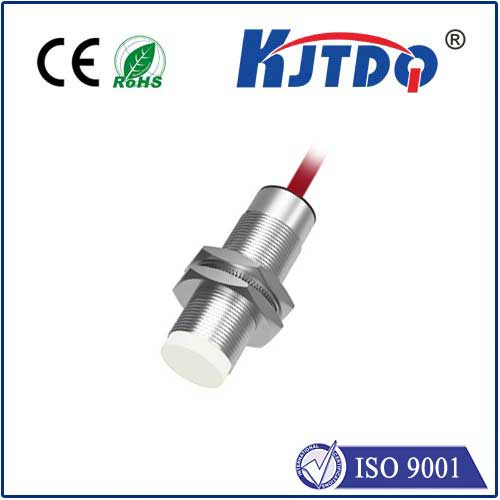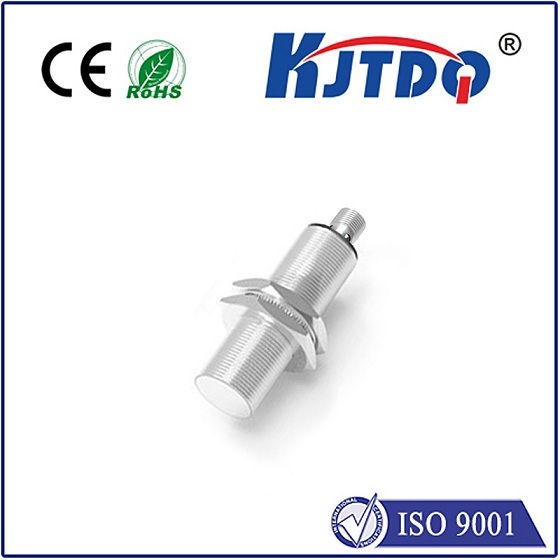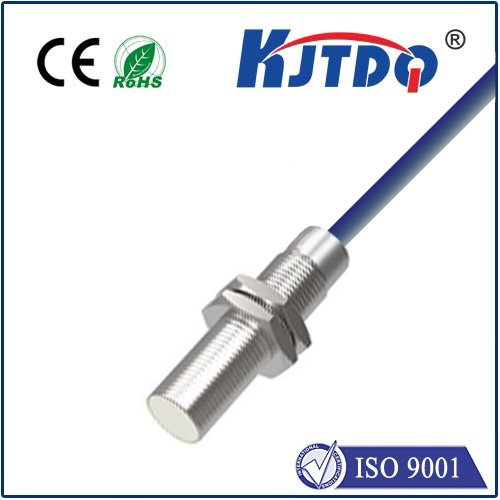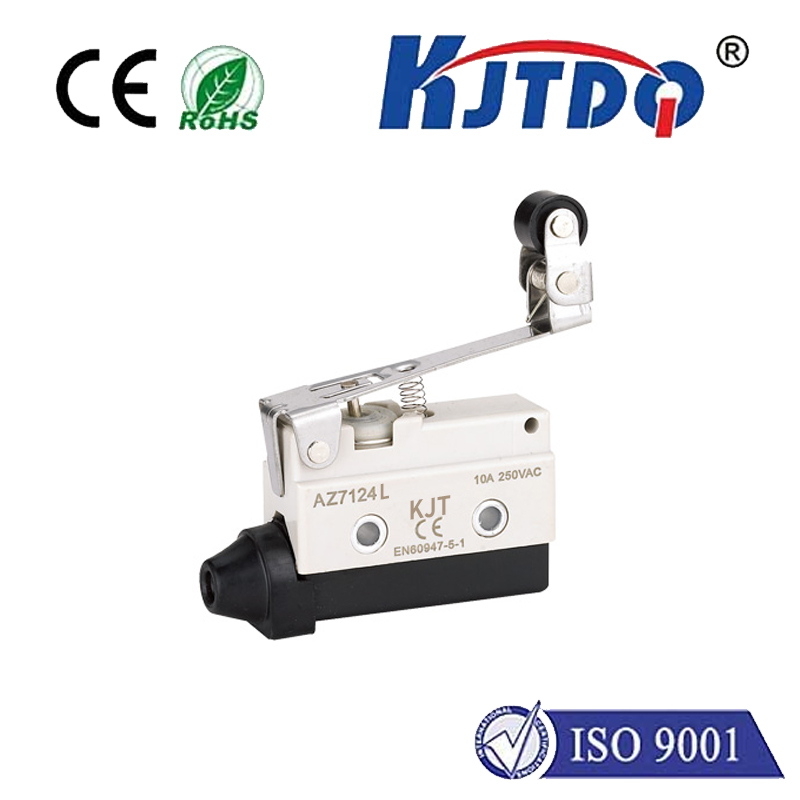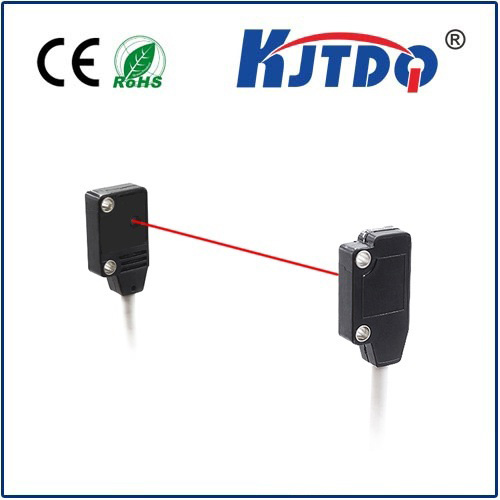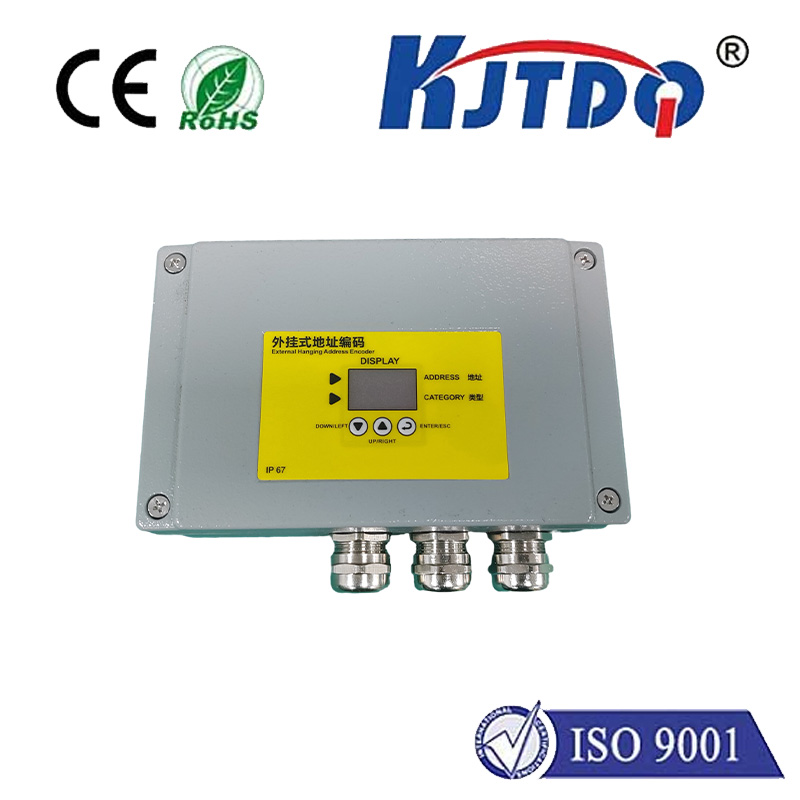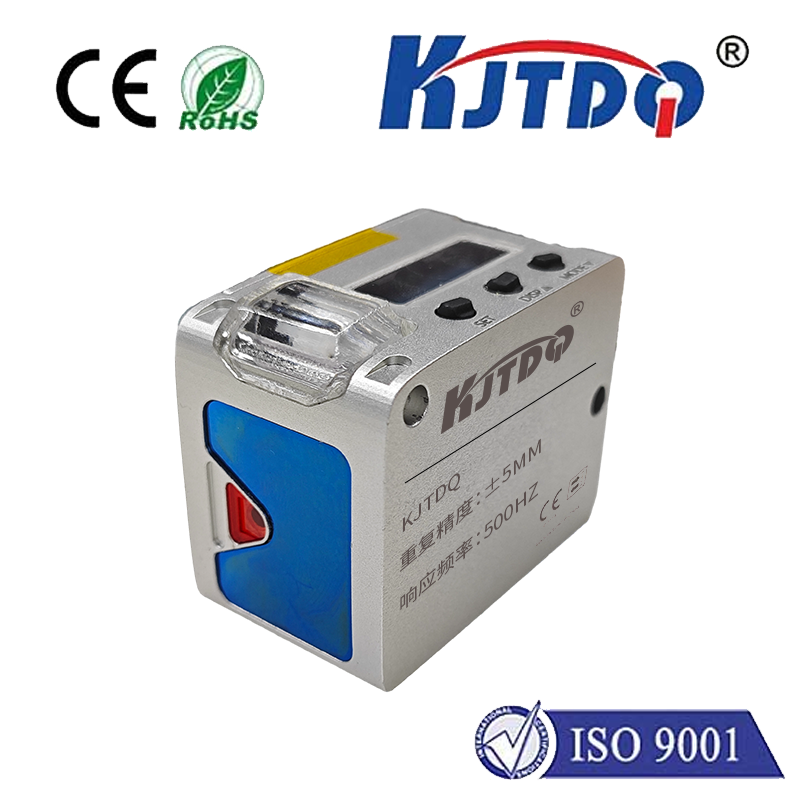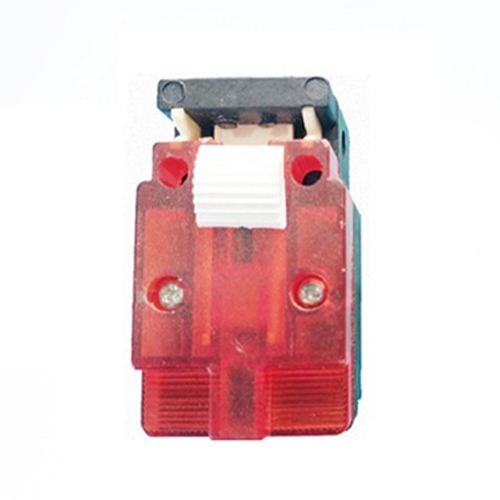rangkaian sensor proximity
- time:2025-07-16 08:34:22
- Click:0
The Invisible Guardian: Understanding Proximity Sensor Circuits and Their Impact
Imagine a bat navigating pitch darkness, not with sight, but by interpreting echoes. Proximity sensor circuits perform a similar technological marvel: they detect nearby objects without physical contact, acting as silent sentinels in countless devices we interact with daily. From preventing costly collisions on factory floors to enabling your smartphone screen to darken during a call, proximity sensor circuits are fundamental components in modern automation and interaction design. But how do these invisible eyes actually work? This deep dive explores the fascinating world of proximity sensing technology.
Demystifying the Core Principle: Detecting the Undetectable
At its heart, a proximity sensor circuit identifies the presence, absence, or distance of an object within a defined range. Crucially, it achieves this non-contact detection, avoiding wear and tear while enabling unique applications. The magic lies in its ability to sense disturbances caused by an object’s approach within an electromagnetic or electrostatic field generated by the sensor. Different types of proximity sensors achieve this through distinct physical phenomena:
- Inductive Proximity Sensors (Detecting Metal): These sensors generate an oscillating electromagnetic field. When a metallic object enters this field, it induces tiny, swirling electrical currents within the metal (eddy currents). These eddy currents draw energy from the sensor’s field, causing a detectable change in the oscillation’s amplitude or frequency. The sensor’s internal circuit interprets this change, triggering an output signal.
- Capacitive Proximity Sensors (A Broader Reach): Capacitive sensors work by creating an electrostatic field between two electrodes. Any object (metal, plastic, wood, liquid, even a human body) entering this field alters the capacitance (the ability to store an electrical charge) between the electrodes. The sensor’s circuit monitors this change in capacitance. When the change exceeds a preset threshold – indicating an object is close enough – the sensor activates its output. This makes capacitive proximity sensors incredibly versatile.
- Photoelectric Sensors (Beams of Light): While not always classified strictly as “proximity” in some contexts, photoelectric sensors (using Infrared, LASER, or visible light) detect objects based on light beam interruption (opposed mode) or reflection (retroreflective or diffuse mode). Diffuse reflection mode, where the sensor emits light and detects what bounces back from a nearby object, functions highly effectively as a proximity detection method.
- Ultrasonic Sensors (Sound Echoes): Similar to bats, these sensors emit high-frequency sound pulses and measure the time it takes for an echo to return. The time-of-flight calculation provides distance information, making them excellent for both proximity detection and measuring actual distance.
Building the Brain: The Essential Circuitry
The physical sensor element (coil, capacitor plates, LED/photodiode, ultrasonic transducer) is only part of the story. Its effectiveness relies entirely on the supporting electronic circuit. Here’s what typically happens inside a proximity sensor circuit:
- Generation & Monitoring: The circuit generates the necessary field or emission (oscillating field for inductive, electrostatic field for capacitive, light beam for photoelectric, sound pulse for ultrasonic).
- Signal Conditioning: The raw signal coming back from the sensing element (change in oscillation, capacitance, light intensity, sound echo timing) is usually weak and noisy. The circuit amplifies this signal and filters out unwanted electrical interference or environmental noise.
- Threshold Detection & Comparison: The conditioned signal is compared against a predefined threshold level. This threshold determines the sensor’s sensitivity – how close an object needs to be before detection occurs. Some sensors allow for adjustable sensitivity.
- Output Switching: When the incoming signal crosses the threshold (indicating an object is detected within the preset range), the circuit triggers its output stage. This output is typically:
- Digital (ON/OFF): A simple switch, often using a transistor or relay. Common outputs are NPN (sinking) or PNP (sourcing) transistor configurations compatible with Programmable Logic Controllers (PLCs) and other digital control systems. This is the most common output for basic presence/absence detection.
- Analog: Provides a continuous output signal (e.g., 0-10V or 4-20mA) proportional to the distance of the detected object. This is used where precise distance measurement is needed.
- Power Supply: The entire circuit needs a stable DC voltage supply to operate, usually within a specific range (e.g., 10-30V DC).
Where the Magic Happens: Ubiquitous Applications
The non-contact nature and reliability of proximity sensor circuits make them indispensable across a vast spectrum of industries and products:
- Industrial Automation: The backbone of modern manufacturing. Used for precise object detection on conveyor belts (counting, positioning), limit/end-position sensing in machinery, verifying part presence in assembly jigs, controlling robotic arm movements, and detecting liquid levels in tanks.* This prevents mechanical collisions, ensures process accuracy, and enhances safety.
- Consumer Electronics: Your smartphone uses a (usually capacitive or IR) proximity sensor to turn off the display during calls, saving power and preventing accidental touch inputs. Touchscreens utilize capacitive principles. Automatic faucets and soap dispensers in restrooms often rely on IR proximity detection.
- Security Systems: Detecting unauthorized entry near doors/windows (using IR or microwave sensors), position sensing in alarm triggers.
- Automotive: Found in parking assist systems (ultrasonic sensors measuring distance to obstacles), detecting seat occupancy for airbag control, triggering automatic trunk opening (“kick to open”).
- Appliance Control: Elevator door safety (prevent closing on an object), automatic doors in buildings and garages, paper detection in printers/copiers, lid position detection in washing machines.
Design Considerations: Choosing the Right Sentinel
Selecting the optimal proximity sensor circuit involves several critical factors:
- Target Material: Inductive only for metals. Capacitive works for almost anything. Photoelectric depends on reflectivity/opacity. Ultrasonic works best with solid surfaces.
- Required Sensing Distance: Different sensor types have different inherent ranges. Ensure the sensor’s specified range meets your application needs.
- Environment: Consider temperature extremes, dust, moisture (IP rating), potential chemical exposure, and electromagnetic interference. Hall Effect sensors (magnetic field detection) excel in very dirty environments.
- Output Type Needed: Simple ON/OFF digital signal or proportional analog distance measurement?
- Size Constraints: How much physical space is available for mounting?
- Response Time: How quickly must the sensor react to an object’s appearance/disappearance? Inductive sensors are typically very fast.
The field of proximity sensing is continuously evolving. Advances in miniaturization, power efficiency, and integration are leading to even smaller, smarter, and more robust sensors. The integration of sophisticated signal processing and communication protocols (like IO-Link) is turning basic sensors into intelligent data points within the Industrial Internet of Things (IIoT), providing richer diagnostic information and enabling predictive maintenance. From safeguarding heavy machinery to enabling the subtle interaction with our phones, proximity sensor circuits remain vital, invisible guardians, bridging the gap between the physical world and the digital systems that increasingly shape our lives.











